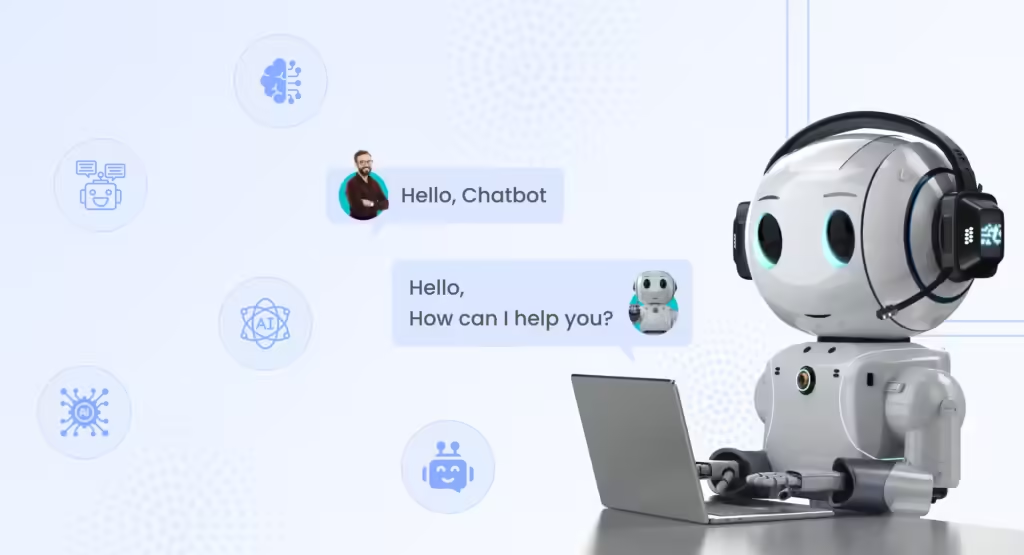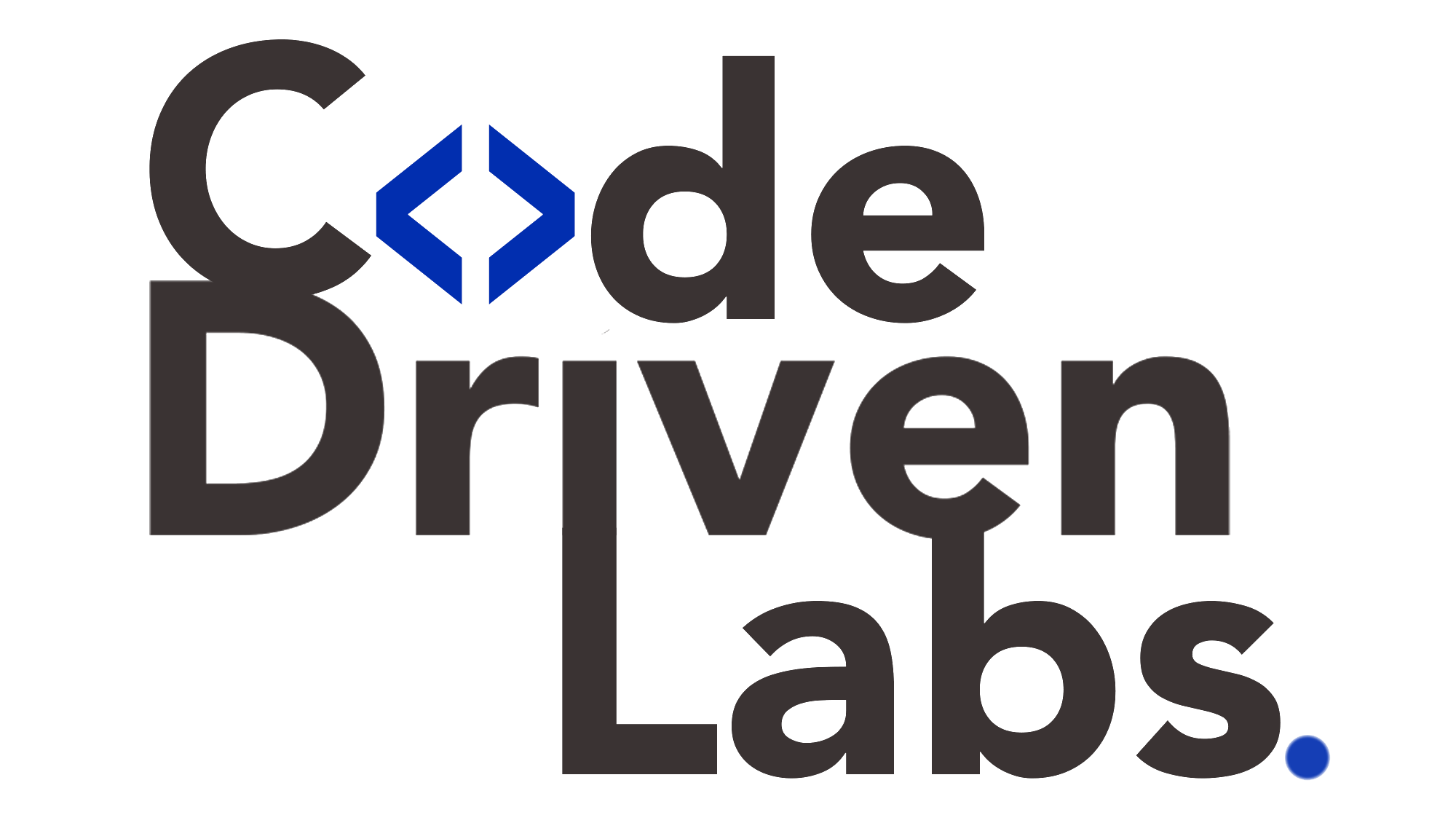Level up your business with US.
- Home
- AI Chatbots and Virtual Assistants: Enhancing Customer Support on Websites
AI Chatbots and Virtual Assistants: Enhancing Customer Support on Websites
September 13, 2025 - Blog
AI Chatbots and Virtual Assistants: Enhancing Customer Support on Websites
In the fast-evolving digital era, customer expectations have shifted dramatically. Today’s users demand instant, personalized, and seamless support experiences when engaging with websites. Traditional customer service channels such as phone calls and email tickets often fall short of meeting these expectations due to delays, limited availability, and resource constraints.
Enter AI chatbots and virtual assistants—intelligent tools that are revolutionizing the way businesses provide support online. By integrating artificial intelligence (AI) into customer interaction channels, websites can offer 24/7 assistance, automate repetitive tasks, and deliver more tailored customer experiences. This transformation not only boosts customer satisfaction but also drives operational efficiency.
In this blog, we’ll explore how AI chatbots and virtual assistants are enhancing customer support, their role in business growth, and why code-driven labs play a vital part in making these intelligent systems reliable, scalable, and trustworthy.

The Rise of AI Chatbots and Virtual Assistants
AI chatbots and virtual assistants are no longer futuristic concepts—they are mainstream solutions that businesses across industries are adopting. From e-commerce giants using bots for personalized shopping recommendations to banks offering instant balance updates via chat, the applications are vast.
Some compelling statistics underline this trend:
-
By 2025, it is estimated that 95% of customer interactions will be powered by AI technologies such as chatbots.
-
Businesses that use chatbots report saving up to 30% on customer support costs.
-
AI-powered bots are now capable of handling up to 80% of routine queries without human intervention.
Clearly, AI chatbots and virtual assistants are reshaping customer engagement strategies.
What Are AI Chatbots and Virtual Assistants?
While the terms are often used interchangeably, there are distinctions:
-
AI Chatbots
-
These are rule-based or AI-driven systems that interact with users through text or voice.
-
They are primarily used for answering FAQs, guiding users through processes, and resolving basic issues.
-
Modern AI chatbots use natural language processing (NLP) and machine learning (ML) to understand user intent and provide contextually relevant responses.
-
-
Virtual Assistants
-
Virtual assistants are more advanced than chatbots and mimic human-like conversations.
-
They can perform tasks such as booking appointments, processing transactions, or integrating with third-party applications.
-
Popular examples include Siri, Alexa, and Google Assistant, but businesses can deploy domain-specific virtual assistants tailored to customer needs.
-
Together, they create an intelligent support ecosystem for websites that improves both user experience and business outcomes.
Key Benefits of AI Chatbots and Virtual Assistants
1. 24/7 Customer Support
Unlike human agents, chatbots are always available. Whether it’s midnight or a holiday, users can get instant assistance without waiting in queues.
2. Instant Query Resolution
AI chatbots can resolve common queries within seconds—ranging from password resets to product details—reducing response times and enhancing customer satisfaction.
3. Personalized User Experience
With access to browsing behavior, purchase history, and customer profiles, virtual assistants deliver tailored recommendations and interactions.
4. Scalability
Whether there are 100 or 100,000 queries, AI chatbots can handle them simultaneously, ensuring consistent service quality.
5. Reduced Operational Costs
By automating routine tasks, businesses reduce the workload on human agents, allowing them to focus on complex issues that require empathy and critical thinking.
6. Data-Driven Insights
AI chatbots track customer interactions and provide valuable analytics that help businesses improve products, services, and support strategies.
How AI Chatbots and Virtual Assistants Enhance Customer Support on Websites
1. Streamlined Navigation
Chatbots act as intelligent guides, helping visitors quickly find information, products, or services. For example, an e-commerce site chatbot might instantly direct a user to the right product category.
2. Proactive Engagement
Instead of waiting for users to ask questions, chatbots initiate conversations—for instance, offering a discount when a customer spends time on a product page.
3. Multilingual Support
AI-powered assistants can communicate in multiple languages, breaking barriers for global audiences and expanding reach.
4. Integration with Business Systems
Virtual assistants integrate with CRMs, ERPs, and payment gateways, allowing customers to complete transactions or check order statuses without leaving the website.
5. Improved Response Accuracy
With NLP and ML, chatbots understand user intent and deliver contextually accurate responses, minimizing frustration from irrelevant answers.
6. Omnichannel Presence
Many AI chatbots work across platforms—websites, mobile apps, and social media—offering a consistent customer support experience.
Challenges in Deploying AI Chatbots and Virtual Assistants
Despite the many benefits, businesses face challenges:
-
Complex Query Handling: AI bots may struggle with nuanced or ambiguous questions.
-
Customer Trust: Poorly designed bots risk frustrating customers if they cannot provide accurate responses.
-
Integration Issues: Deploying chatbots across different platforms and business systems can be complex.
-
Security and Privacy Concerns: Handling sensitive customer data requires robust compliance measures.
These challenges highlight the need for robust testing and optimization. This is where code-driven labs come into play.
The Role of Code-Driven Labs in Enhancing AI Chatbots
AI chatbots and virtual assistants are only effective when they function reliably under real-world conditions. Code-driven labs provide automated, controlled environments where developers can design, test, and refine these systems before deploying them on websites.
1. Automated Testing of Conversational Flows
Code-driven labs simulate thousands of user interactions, testing whether chatbots understand varied intents and respond correctly. This ensures smoother, human-like conversations.
2. Performance Under Load
Labs test how chatbots handle large volumes of simultaneous queries, ensuring scalability without sacrificing performance.
3. Integration Validation
Since chatbots often connect with CRMs, databases, and APIs, code-driven labs validate these integrations to prevent failures during live interactions.
4. Security and Compliance Testing
Code-driven labs check how chatbots manage sensitive information like payment data or personal details, ensuring compliance with regulations such as GDPR or HIPAA.
5. Real-World Simulations
Labs replicate real-world scenarios, such as network delays or multilingual conversations, ensuring chatbots perform effectively under diverse conditions.
6. Continuous Improvement
With CI/CD pipelines, code-driven labs allow developers to deploy frequent updates and improvements, ensuring chatbots stay relevant and accurate.
Business Benefits of AI Chatbots + Code-Driven Labs
-
Higher Customer Satisfaction: Reliable chatbots deliver instant, accurate support.
-
Cost Savings: Automated testing reduces the risk of costly deployment errors.
-
Stronger Security: Labs ensure that chatbots meet industry standards for data protection.
-
Scalable Growth: Businesses can expand their chatbot use without worrying about performance bottlenecks.
-
Faster Innovation: Code-driven labs enable rapid deployment of new features and conversational improvements.
The Future of AI Chatbots and Virtual Assistants
Looking ahead, the evolution of AI-powered customer support will bring even more advanced capabilities:
-
Emotion Recognition: Bots will detect user emotions and adjust responses empathetically.
-
Voice-Driven Experiences: More websites will integrate voice-enabled assistants for hands-free navigation.
-
Hyper-Personalization: Bots will anticipate needs and proactively offer solutions before users ask.
-
Advanced Multimodal Support: Chatbots will combine text, images, and video for richer interactions.
-
Seamless Human Handoffs: AI will improve transitions between bots and human agents, offering the best of both worlds.
Businesses that adopt these advancements early—and validate them through code-driven labs—will gain a significant competitive edge.
Conclusion
In 2025 and beyond, AI chatbots and virtual assistants are no longer optional—they are essential for delivering exceptional customer support on websites. These intelligent systems enhance user experiences through instant responses, personalized interactions, and 24/7 availability.
However, the effectiveness of AI chatbots depends heavily on reliability, accuracy, and scalability. This is where code-driven labs provide a crucial advantage, ensuring that chatbots are thoroughly tested, secure, and optimized for real-world performance.
By combining the intelligence of AI-powered assistants with the rigor of code-driven labs, businesses can create customer support ecosystems that not only meet but exceed modern user expectations—driving loyalty, engagement, and long-term growth.
